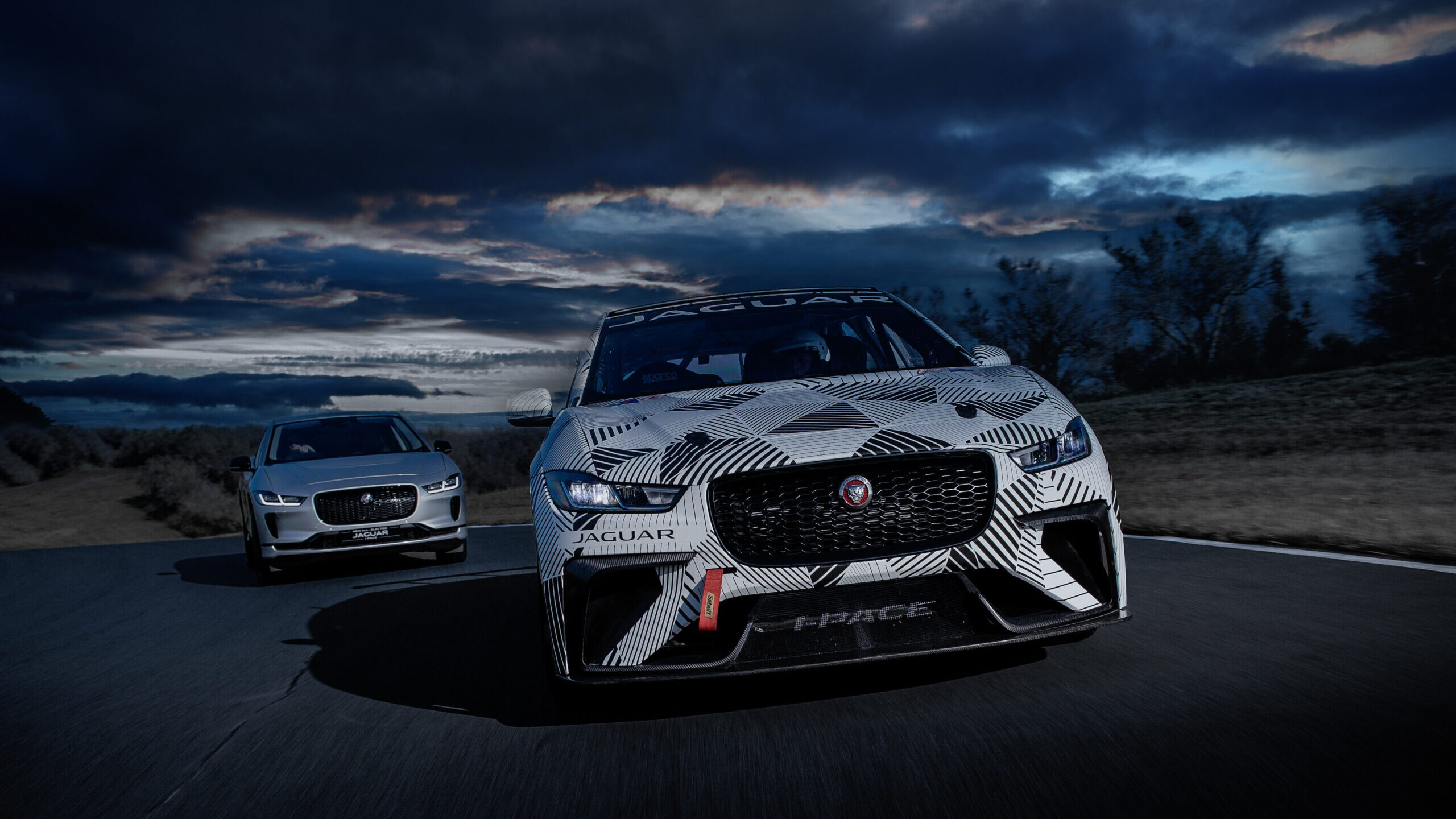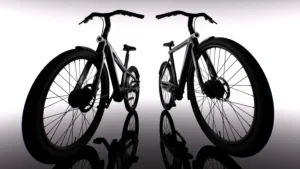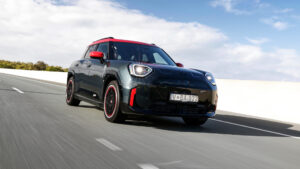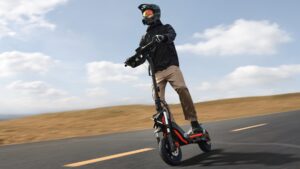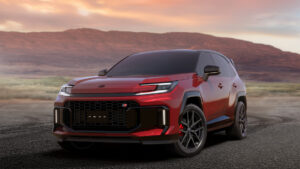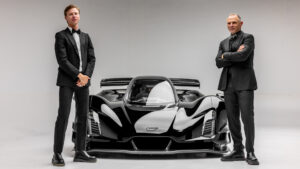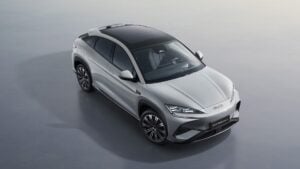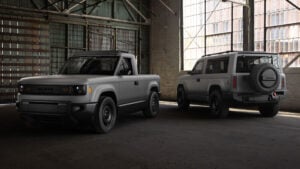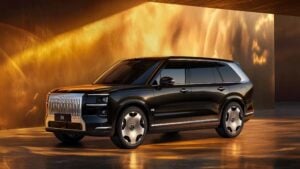It’s bizarre to think that it’s been five years since Jaguar’s all-electric I-PACE made its superhero landing.
I recall it vividly because I was there for the international launch of the most important car from the British marque this side of the century. During the 48 hours on the ground in southern Portugal back in 2018, we drove through rivers, charged steep rocky hill climbs, and hit 200 km/h on the grin-inducing Portimao circuit all in the same day.
Since then, the floodgates have opened and the electric vehicle (EV) market has well and truly been diluted. Public and government sentiment is now finally showing signs of embracing an electrified future, despite more needing to be done across the board.
But in 2018, it was Jaguar who was ahead of both the industry and the average punter. The I-PACE was the first fully electric production vehicle from a luxury European automaker. Designed by legendary automotive architect Ian Callum, the award-winning I-PACE went from conception to launch in just four express years.
This long-term strategy was rooted in a deep history of motorsport that evolved to create the most advanced electric vehicle in the game.
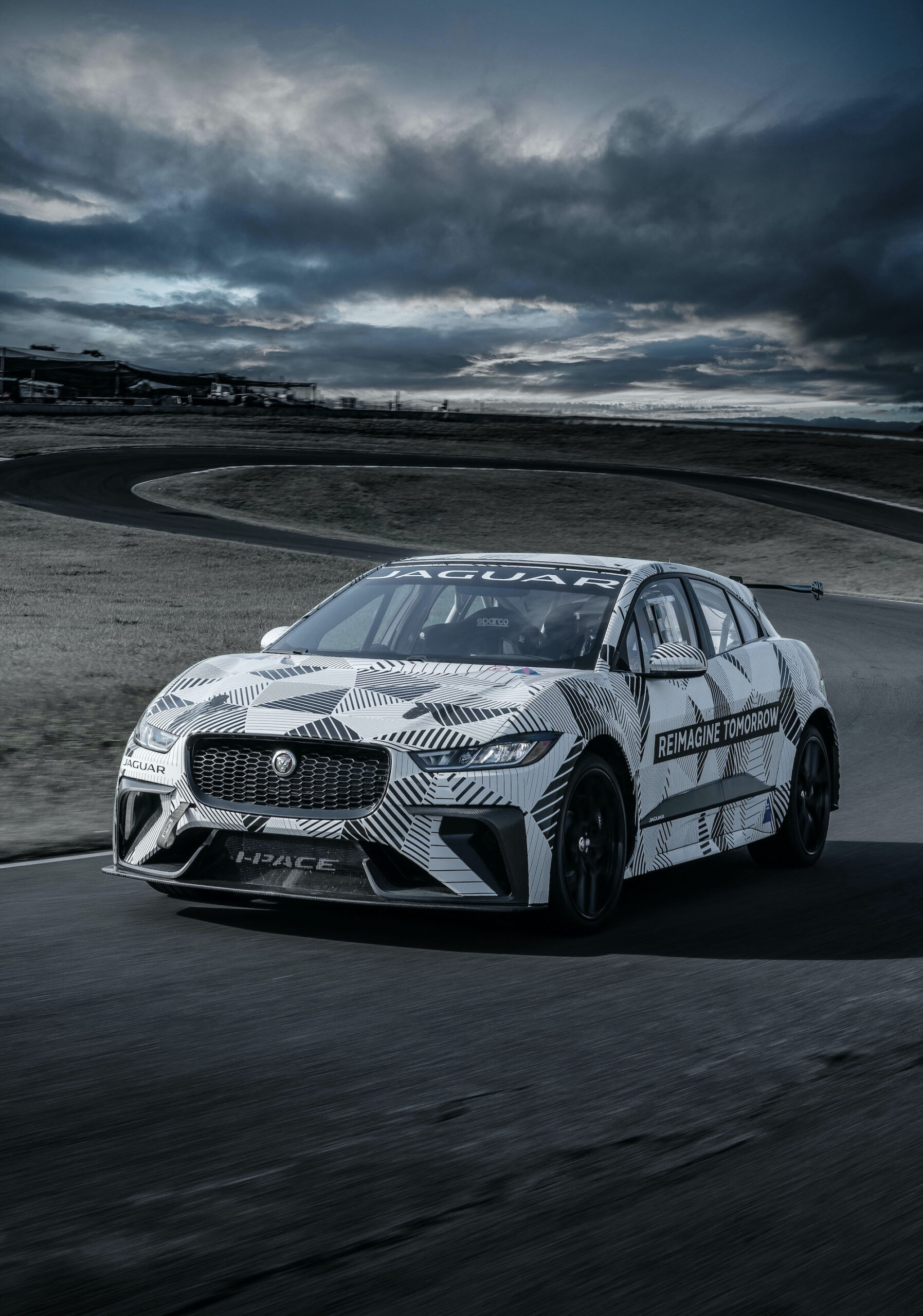
Believe it or not, Jaguar’s early dominance in racing – including a stint on the F1 grid from 2000-2004 with the likes of Mark Webber in the cockpit – indirectly birthed the I-PACE.
The sale of its F1 chassis to what would later become Red Bull Racing triggered Jaguar’s departure from Formula 1, lightening the budget to explore a foray into Formula E, not realising how critically important such a move would be for the future of its production vehicles. Jaguar joined the primitive series as a manufacturer just three years prior to the launch of the I-PACE. That’s a rather short space of time to convert the knowledge and learnings of Formula E into a road-going electric performance car. But alas, they did.
James Barclay, Team Principle of Jaguar TCS Racing Formula E Team and Managing Director of Jaguar Land Rover Motorsport, reaffirmed this to me on a live cross from the Jaguar TCS Racing garage in India prior to their latest race meet in Hyderabad. He says his team’s I-TYPE 6 machine currently boasts the most efficient electric performance technology in the world. It’s this tech that has trickled down to Jaguar’s electrification engineers for eight years now, and along the way it became the genesis for the Jaguar I-PACE we once again found ourselves driving at a private racetrack in Sydney last week.
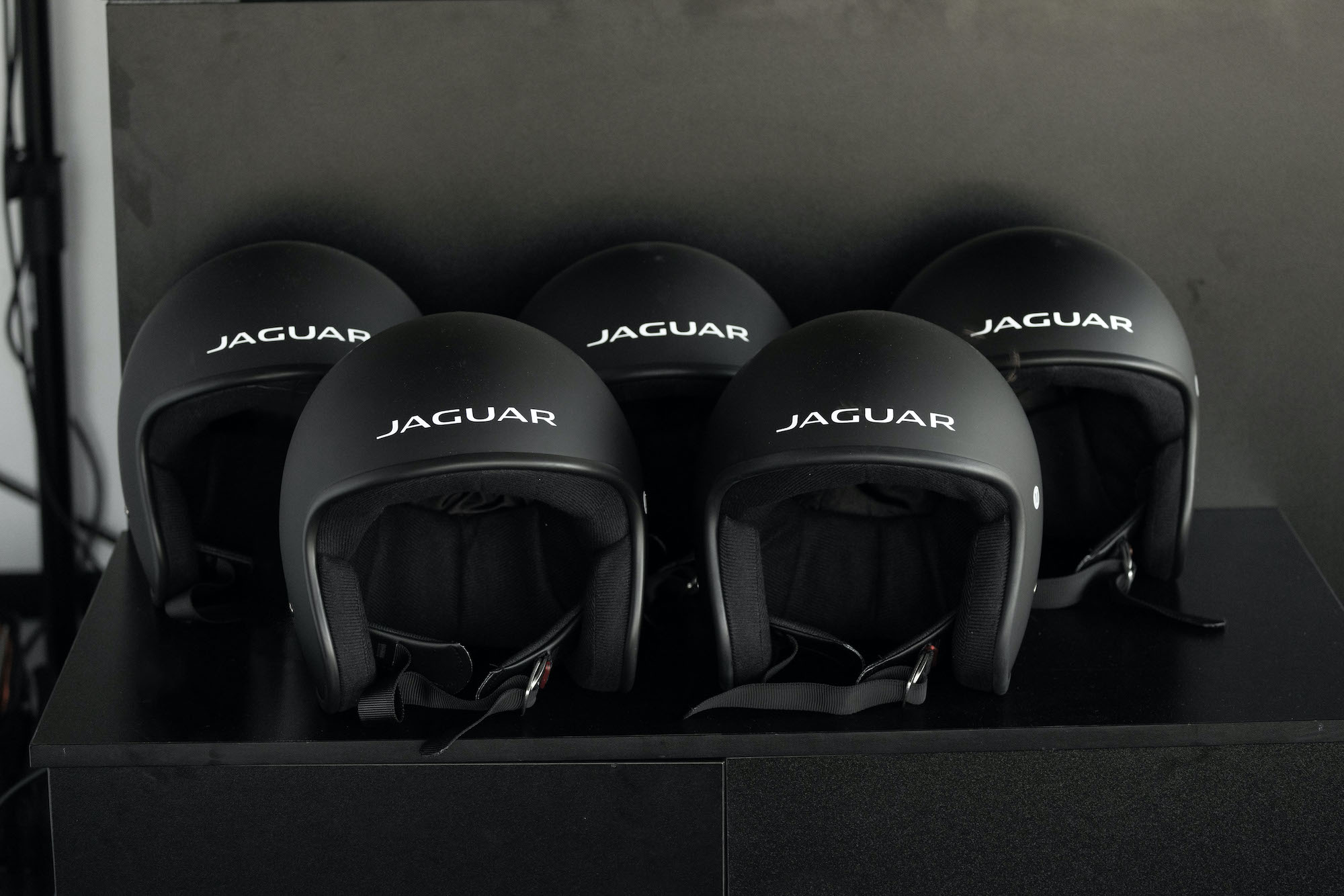
On a narrow, technical circuit like Luddenham Raceway, matching the lightning speed of the Formula E cars was far from the objective of the day’s session. Rather, it was an attempt to understand the unique challenges drivers needed to overcome to tackle a new, dynamic electric driving experience altogether.
The 700Nm of instantaneous, neck-snapping torque, for example, is just one of the ways the rulebook has been rewritten for electric performance driving. No longer will a sharp jam of the accelerator give you an exponential delivery of power. Drivers of electric vehicles (EVs) like the I-PACE now need to be prepared for an immediate pull out of the corners, like a spacecraft’s slingshot around the dark side of the moon.
When my balls finally dropped after a few orientation laps, I gradually began to feel in tune with the circuit’s tricky corner combinations. The I-PACE’s immensely low centre of gravity then became an enjoyable asset through the rises, falls, and blind corners of the playful track. The sensation felt like a ride on Aladdin’s magic carpet, though one with an active air suspension and variable damping.
The I-PACE also reignited my love for one-foot driving, which I tried to master for the vast majority of the circuit. This is a sensation completely foreign to anyone who likes to torpedo deep into the corners and whack on the late brakes. The regenerative power of the car when recycling kinetic energy into the battery essentially negates the need to use the brake through certain corners, squeezing every drop of juice out of the 432 high-energy lithium iron cells that power the dual electric motors.
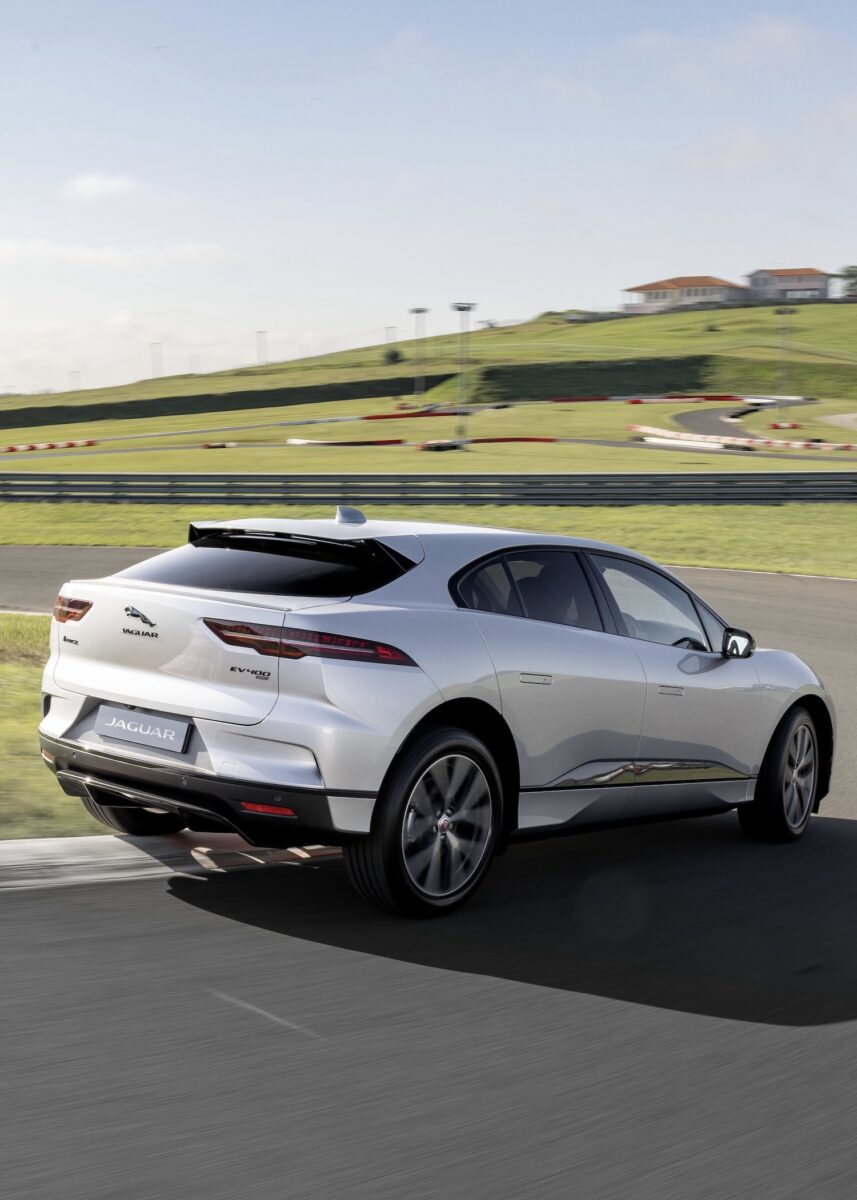
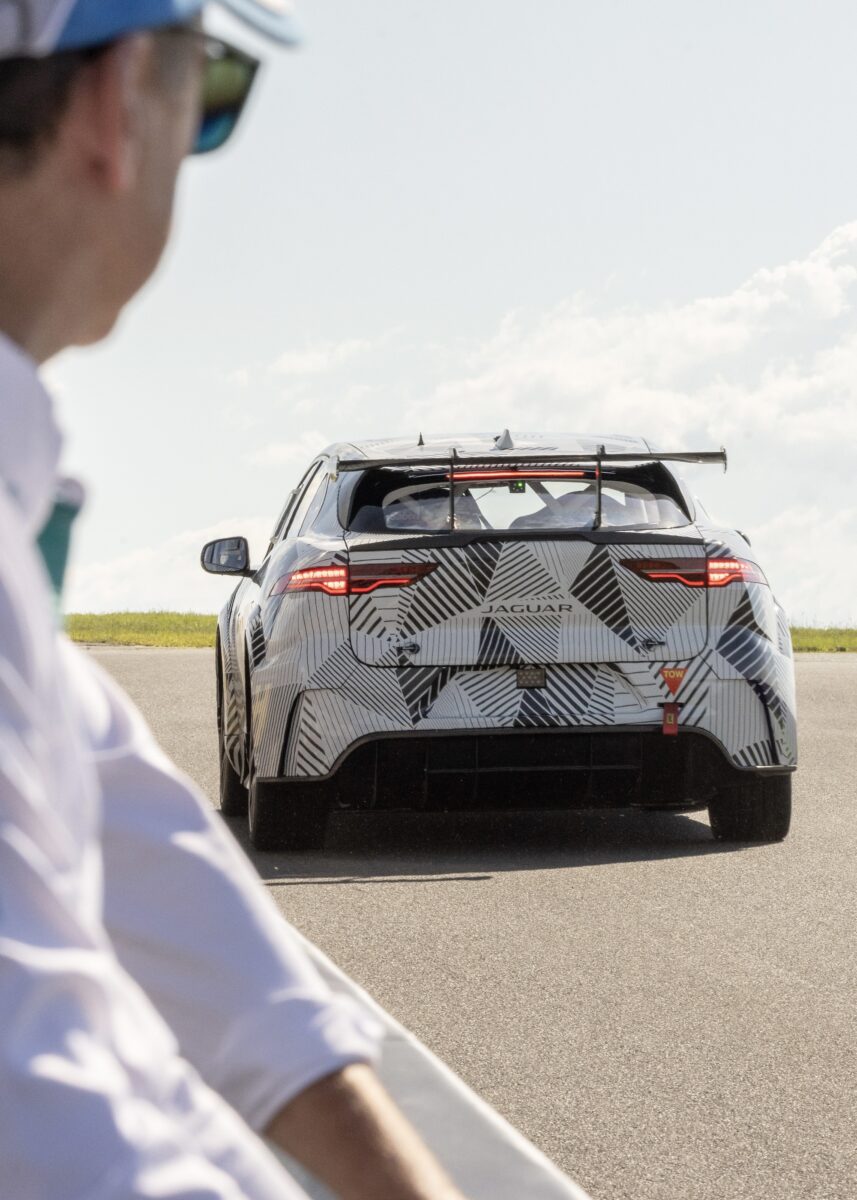
Once the heart rates had settled and we’d fuelled up on lunch, our cadre of drivers suited up for a wild ride in the sleeping giants of the pitlane – Jaguar’s I-PACE eTrophy cars. Only 20 of these weapons were ever made by Jaguar Land Rover’s Special Vehicle Operations division, with each boasting a price tag of AU$375,000 (if you’re ever offered the chance to buy one).
And Jaguar shipped not one, but two of them out from the UK especially for this drive experience. After kicking off the afternoon’s extra spicy proceedings with a warm-up lap, we were soon thrust into the eTrophy cars with the absolute best from Jaguar at the helm.
It was unlike any hot lap I’d ever done in my six years at Boss Hunting, least of all because I could amazingly hold a light conversation with the driver the entire time without ever having to strain my voice over the roar of a throaty V8. The Jaguar I-PACE eTrophy might be based on the platform donated by its namesake production car, but I can assure you it is anything but.
It’s a left-hand drive for a start, not to mention it has as many dials and buttons on its steering wheel as a Formula E car. Throw in a carbon fibre tub, smoking brakes, and a supercharged electric battery, and you’ve got one of the most powerful electric performance vehicles at the layman’s disposal.
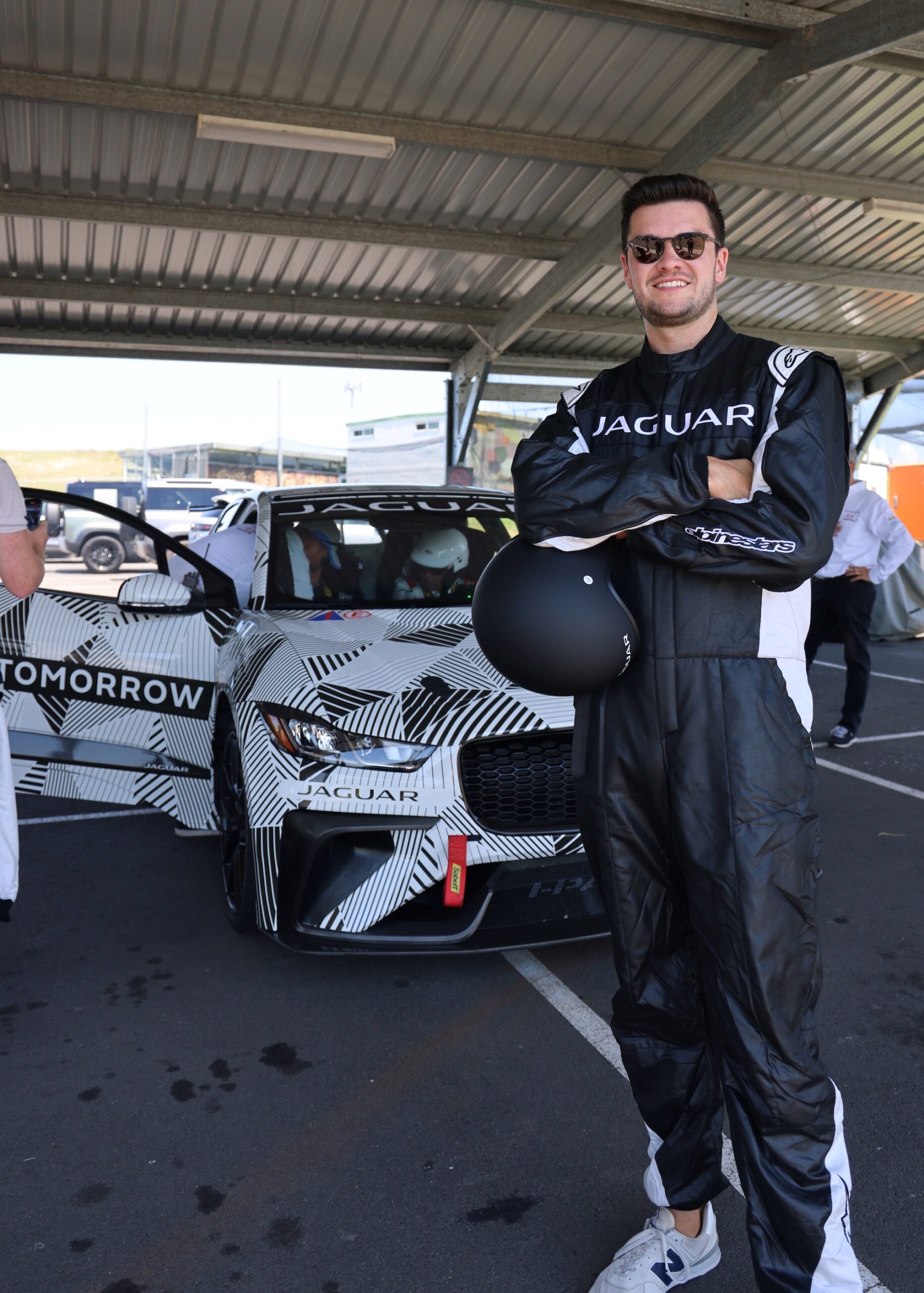
But why did Jaguar go to all this trouble just for us to experience a few precious minutes in this beast?
The same could be said for the launch of the I-PACE in record time, the brand’s all-in mentality on electric motorsport, their industry-leading goal to flaunt an entirely electric fleet by 2025, or their desire to achieve net zero carbon emissions across the entire business by 2039.
Because brands like Jaguar enjoy leading from the front, and nothing screams progress louder than a deafening silence in the pit lane that still excites the most passionate of motorists during a day at the racetrack.
Learn more about the Jaguar TCS Racing Formula E team here and discover the 2023 model-year I-PACE below.
This article is sponsored by Jaguar. Thank you for supporting the brands that support Boss Hunting.
